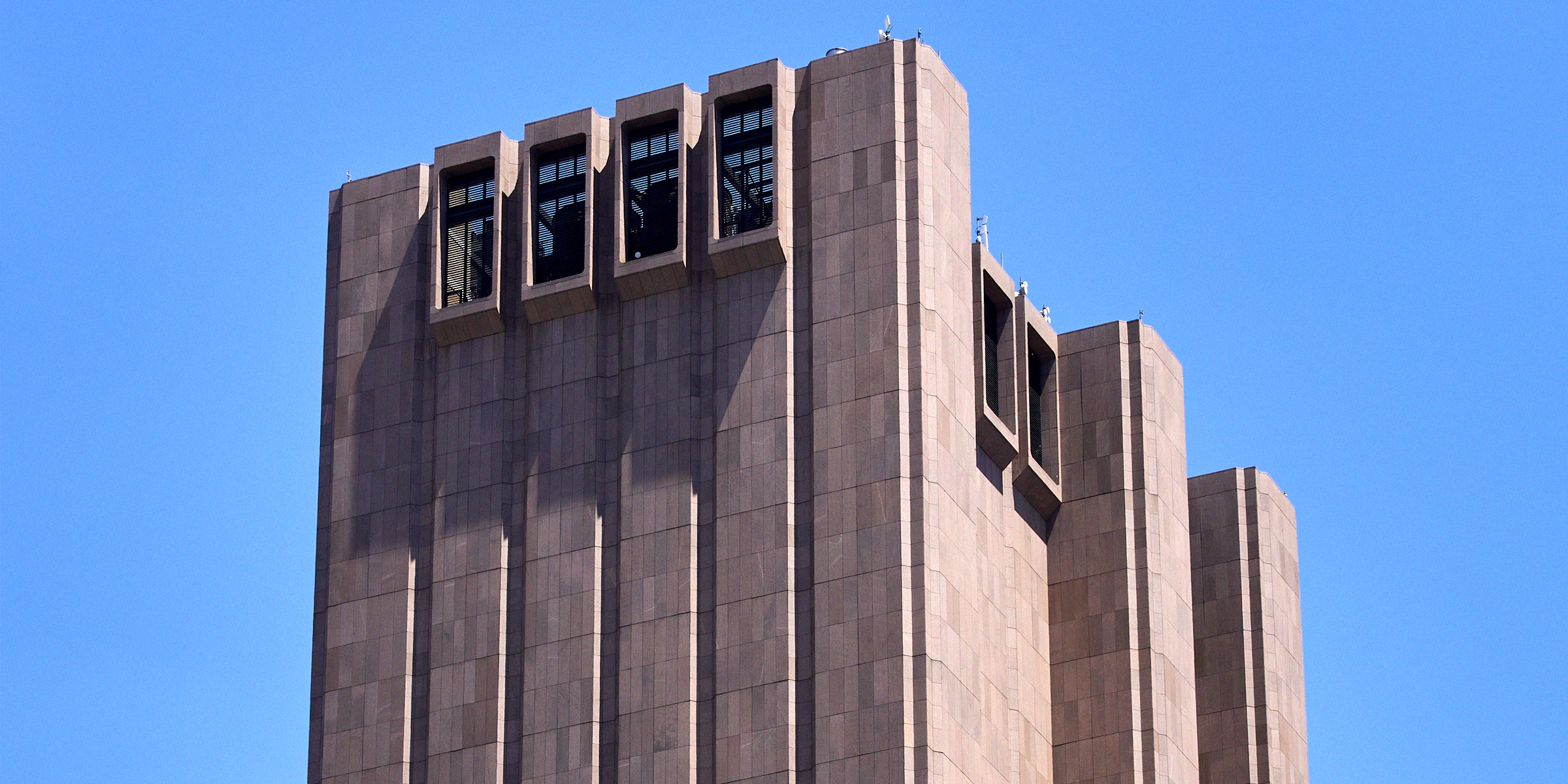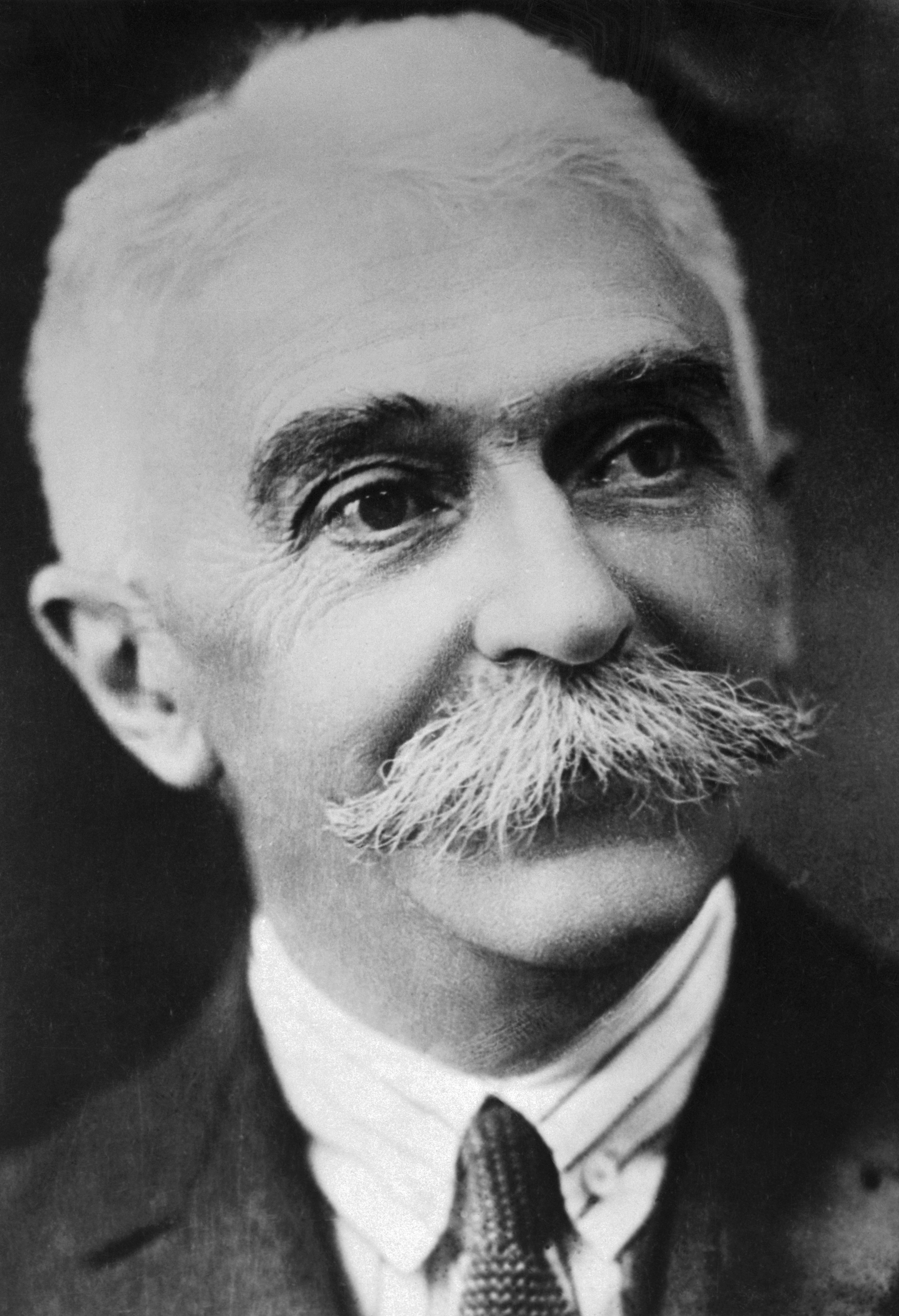
5 Fun Facts about Architecture, a Former Olympic Category

Architecture has been an intricate part of human civilization and history. The profession, now a complex and multifaceted industry, was once an Olympic category until the mid-20th century.
For some architects, describing the work they do can require deep reflection, given its fundamental contribution to society and the livelihood of humanity.
But, in simple terms, architecture involves designing and building various structures that satisfy both function and aesthetics. Additionally, architects can supervise construction work and contribute to examining, restoring, and remodeling existing buildings.

A worm's eye view of city buildings | Source: Pexels
The main principles that have characterized architecture include:
- Human interaction — a structure must be created with this principle in mind.
- A structure must be well-designed and intended to be permanent.
- It must convey an idea.
It's worth noting that the architectural industry has and continues to evolve. The fun facts below will demonstrate some intriguing points in its history and how its principles have played out.

Dubai cityscape | Source: Pexels
1. 'The Sims' was initially designed as an architecture simulator.
The original goal of the long-running video game, "The Sims," was for designers to create home layouts and see how autonomous characters interacted with the virtual space to test its success.
"I think one of the things the team realized early on was, you can't really evaluate how good your space is until you put people in it," Mike Duke, senior producer of "The Sims 4," said in 2020. "They added these Sims just to help validate if you succeeded or failed with this architectural tool."

"The Sims 4" poster displaying on a touch screen smartphone | Source: Shutterstock
2. The Great Wall of China is older than Christianity.
The construction of the Great Wall of China began between the 3rd and 8th centuries B.C. during the rule of the first Chinese Emperor Qin Shi Huang. It is said that the building started with numerous fortifications, which were then interconnected over time.
It was complete by 1878, capping at least 2600 years of construction. The birth of Christ occurred only a few centuries after the erection of the Great Wall began, as the religion is just over 2000 years old.

Tourists walking through the Great Wall of China | Source: Pexels
3. There is a 29-story skyscraper with no windows in Manhattan.
Situated at 33 Thomas Street in Manhattan is a skyscraper piercing through the New York skyline at 550 feet with no windows. Many speculations on the possible happenings inside the peculiar structure have arisen over the years, ranging from vampires living inside to lizard people.
Erected by John Carl Warnecke & Associates in 1974, its initial purpose was to serve as a communication nerve center. Popularly known as the "Long Lines Building," it is owned and still used by AT&T.

33 Thomas Street in Manhattan, New York. | Source: Shutterstock
4. There is a bridge taller than the Eiffel Tower.
Slated for opening to visitors in December 2023 or January 2024 is officially the tallest railway bridge in the world: the Chenab Rail Bridge. Chenab Rail Bridge is situated within the Jammu and Kashmir regions in India.
It stands at nearly 1200 feet and is over 110 feet taller than the Eiffel Tower.

The Chenab Rail Bridge in India | Source: Getty Images
5. Architecture was a real competitive category in the Olympics.
Pierre de Couberti, founder of the International Olympic Committee, had a deep appreciation for the arts and felt they needed to be included in the Olympic games.
He proposed the idea in 1902, writing:
"The time has come to take the next step and to restore the Olympiad to its original beauty. In the high times of Olympia, the fine arts were combined harmoniously with the Olympic Games to create their glory. This is to become reality once again."
It came to fruition in 1912. Many won medals in this category, which was removed following the 1948 games.

Pierre de Coubertin, father of the modern Olympic games, pictured circa 1900 | Source: Getty Images
Architecture continues to make great strides in human history, as the fun facts above have demonstrated, even peculiar ones like mysterious windowless skyscrapers.
You might also be interested in reading 5 Fun Facts about Fiji.